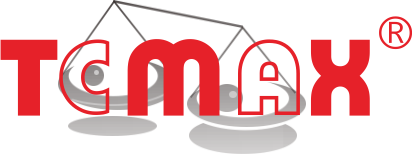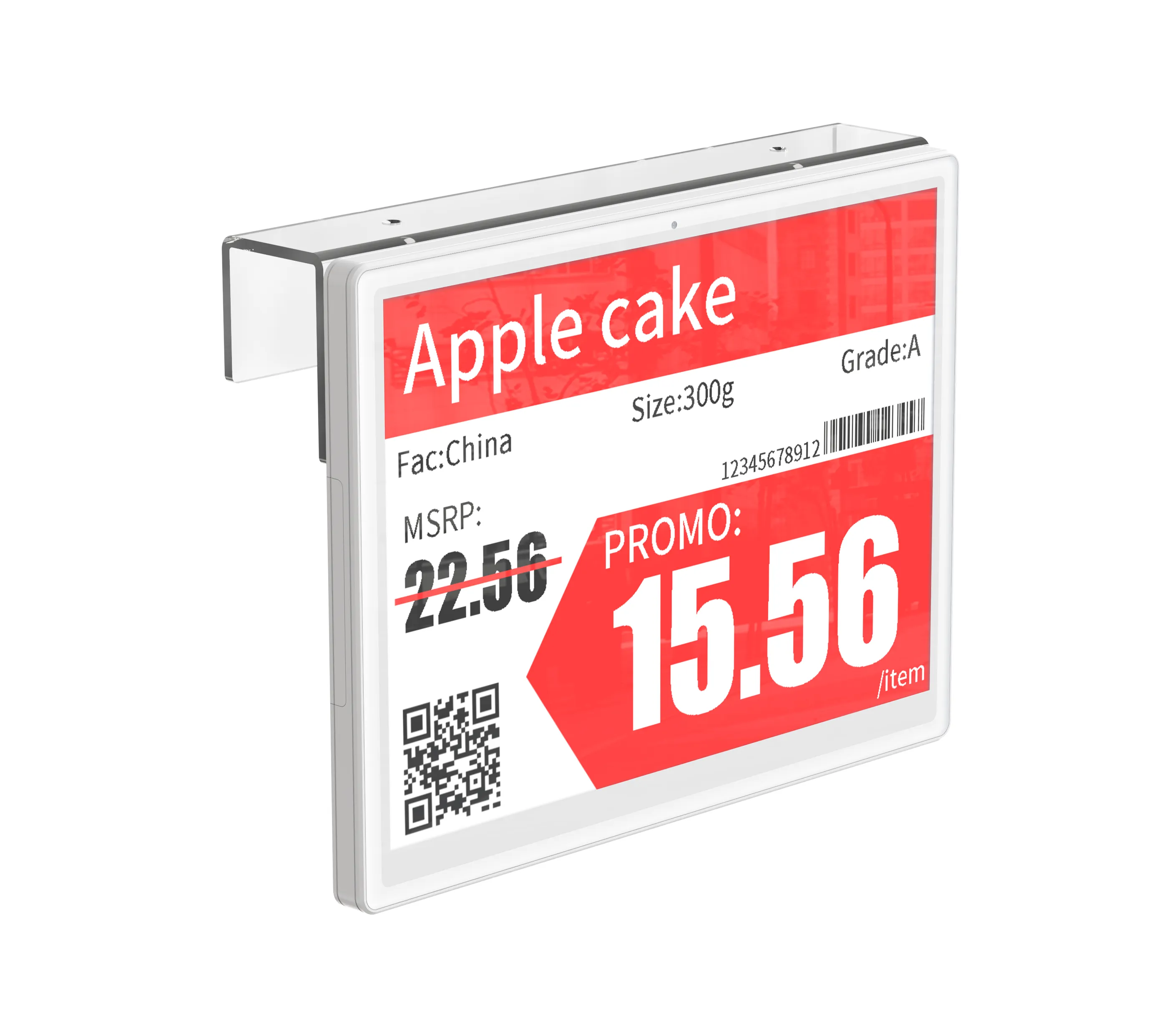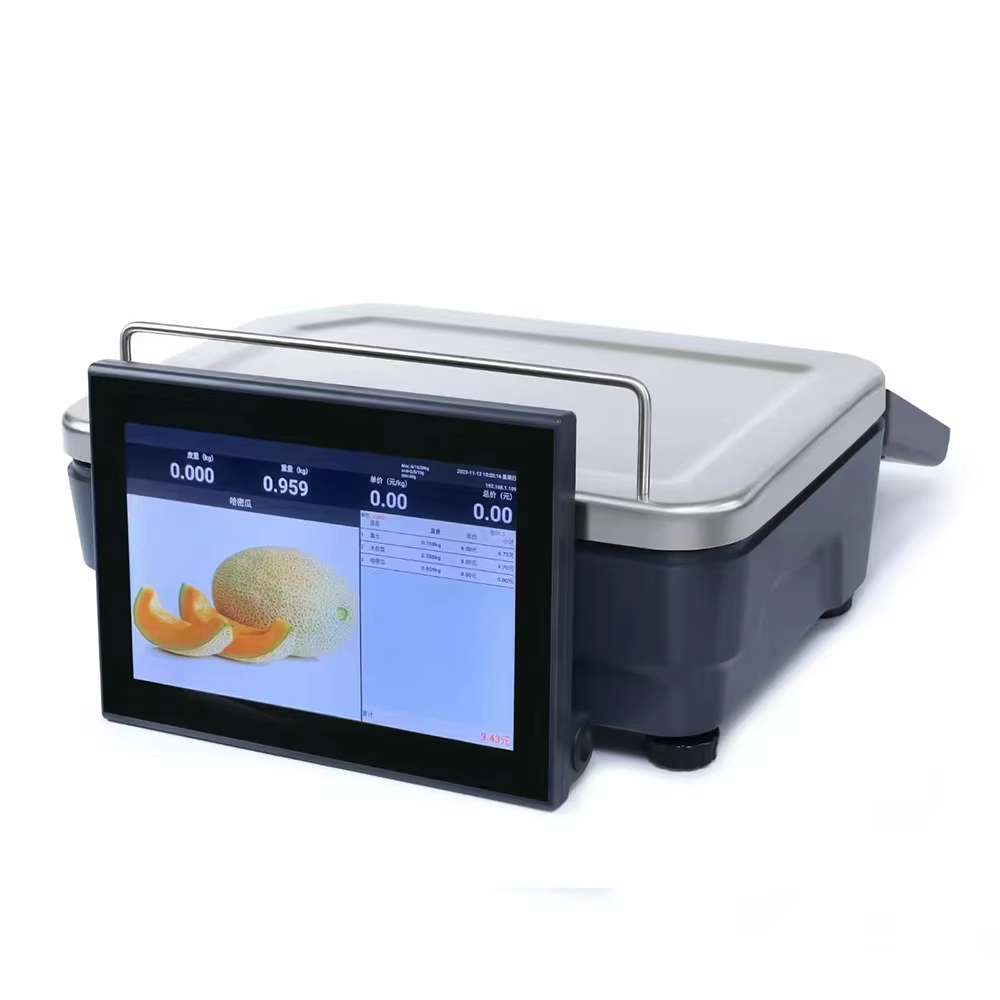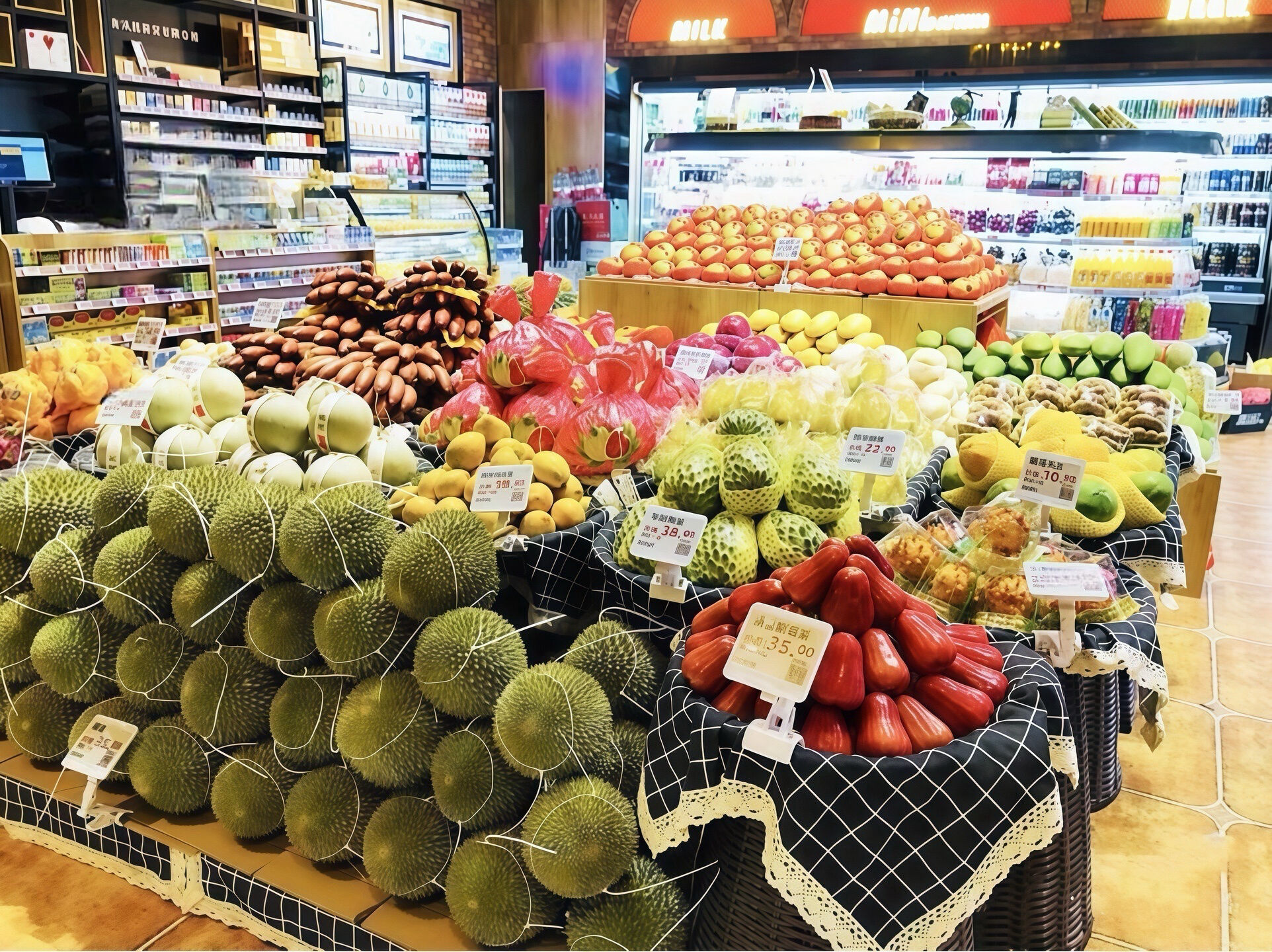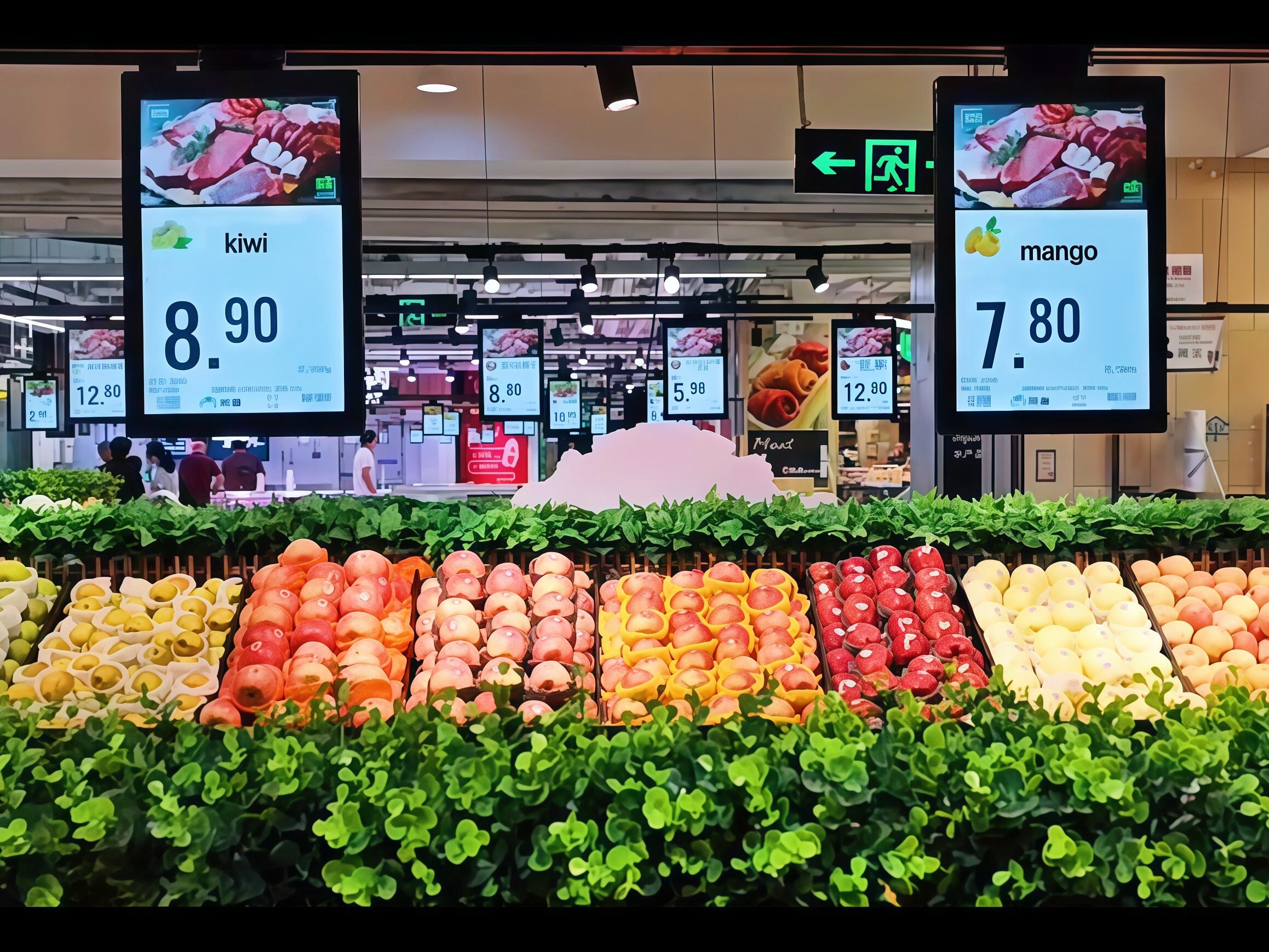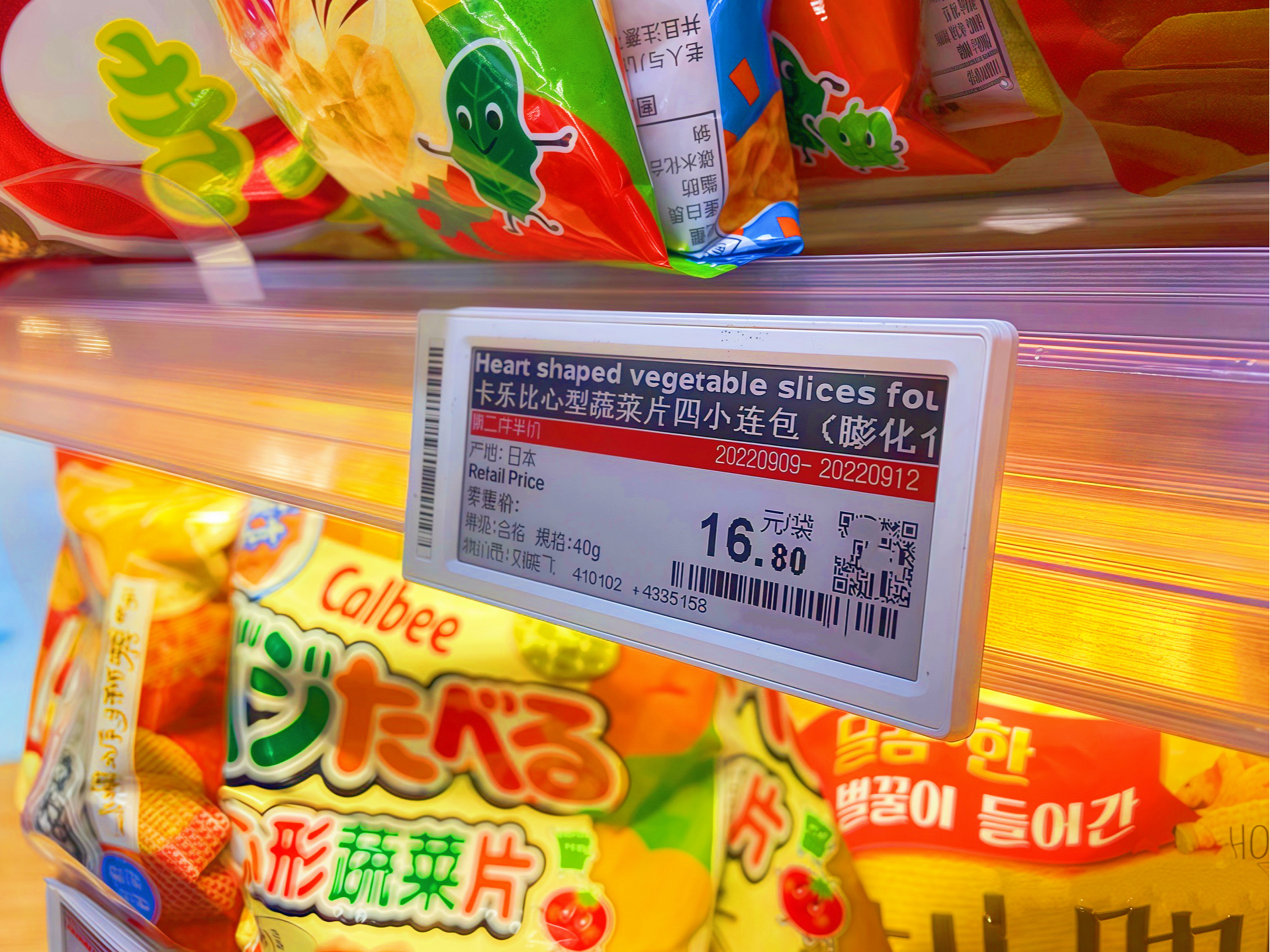electronic pricing systems for retail chains
Electronic pricing systems for retail chains represent a revolutionary advancement in modern retail management, combining digital technology with pricing efficiency. These systems utilize electronic shelf labels (ESLs) and centralized control software to display and update prices across entire store networks instantly. The core functionality includes real-time price updates, inventory management integration, and dynamic pricing capabilities. The technology employs wireless communication protocols to maintain synchronization between the central database and individual display units, ensuring pricing accuracy across all locations. These systems feature high-resolution displays with clear visibility, long battery life typically extending beyond five years, and robust construction suitable for retail environments. Advanced implementations include NFC capabilities for mobile interaction, temperature monitoring for refrigerated sections, and geolocation features for precise product location services. The systems can handle multiple display formats, from small shelf-edge labels to larger promotional displays, accommodating various retail environments from supermarkets to electronics stores. Integration capabilities extend to existing point-of-sale systems, inventory management software, and e-commerce platforms, creating a seamless omnichannel retail experience. The technology also supports multiple languages and currencies, making it ideal for international retail operations.
